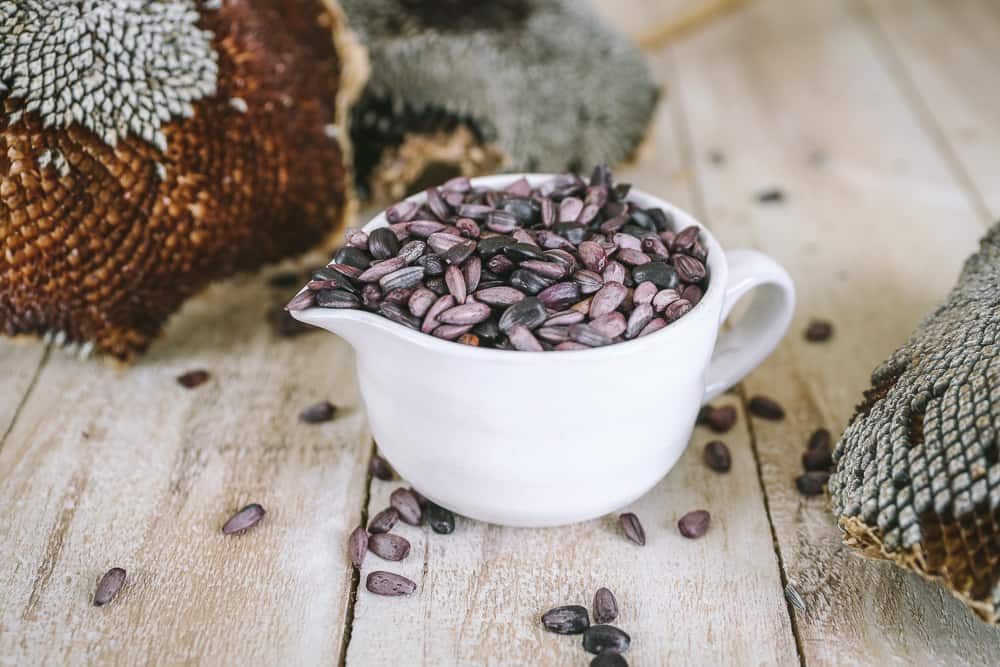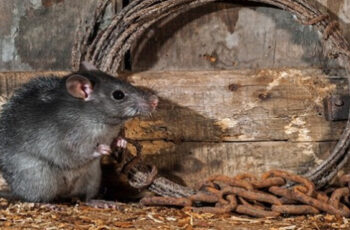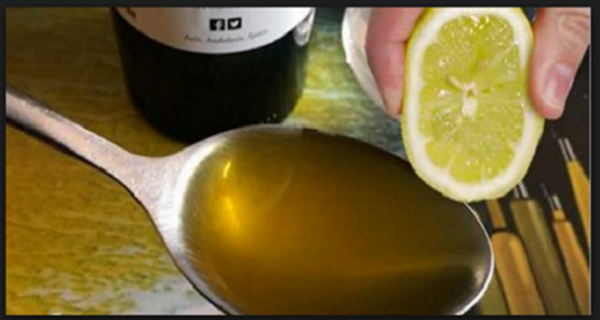Ad Blocker Detected
Our website is made possible by displaying online advertisements to our visitors. Please consider supporting us by disabling your ad blocker.
How to Harvest and Roast Sunflower Seeds
Disclosure
I’m a participant in the amazon associate program which means I’ll earn a small commission (at no extra cost to you) when you buy through some of the links on this website, in which case I thank you.
I may have harvested a lifetime supply of sunflower seeds.
For some reason, the sunflowers grew like gangbusters this year, even while everything else struggled.
(Funny story: all of my sunflowers were volunteers this year, and when they first popped up, I thought they were bean plants… so I transplanted them into a nice little square in one of my beds, and then was promptly embarrassed when I realized I’d planted 9 sunflowers extremely close together in the midst of my bean patch.)
So, while no one will be calling me a gardening expert this year (or probably any year), a few weeks ago the kids loaded up wheelbarrows full of our volunteer sunflowers so we could harvest the seeds.
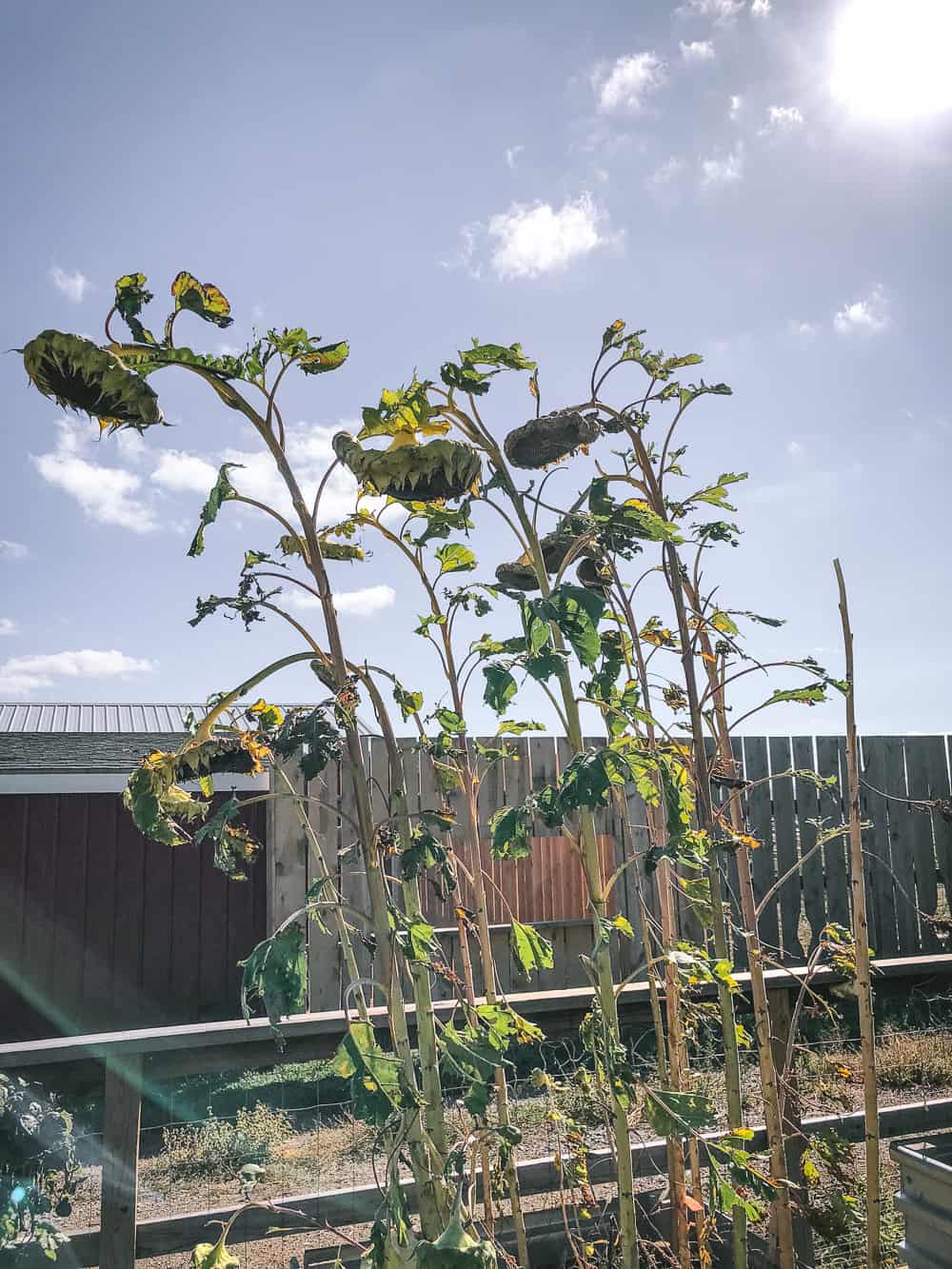
My very close-together transplanted sunflowers?
How to Harvest Sunflower Seeds
With little effort on my part, my sunflowers reached insane heights this year, and the huge, cheery yellow blooms against the blue prairie sky were the prettiest part of my garden. Not to mention that they attracted pollinators all summer long. Score.
If you plan to harvest the seeds from your sunflowers, it’s important that you wait until the right time (otherwise, you’ll just have empty shells!)
1. Keep an eye on your sunflowers.
The flower itself will start to fade when the seeds inside mature. As the flower fades and the ripening seeds get heavy, the sunflower’s head will begin to droop. Soon after that, the petals will start to curl in and turn brittle.
To get to the seeds, you’ll first need to brush off the hundreds of tiny dead flowers that stand above the hundreds of seeds in each flower head. (Even though we call each sunflower bloom a flower, in reality, each bloom is made up of hundreds—sometimes thousands—of teeny tiny flowers in the center. The sunflower seeds are actually the mature ovaries of all those teeny tiny flowers.)
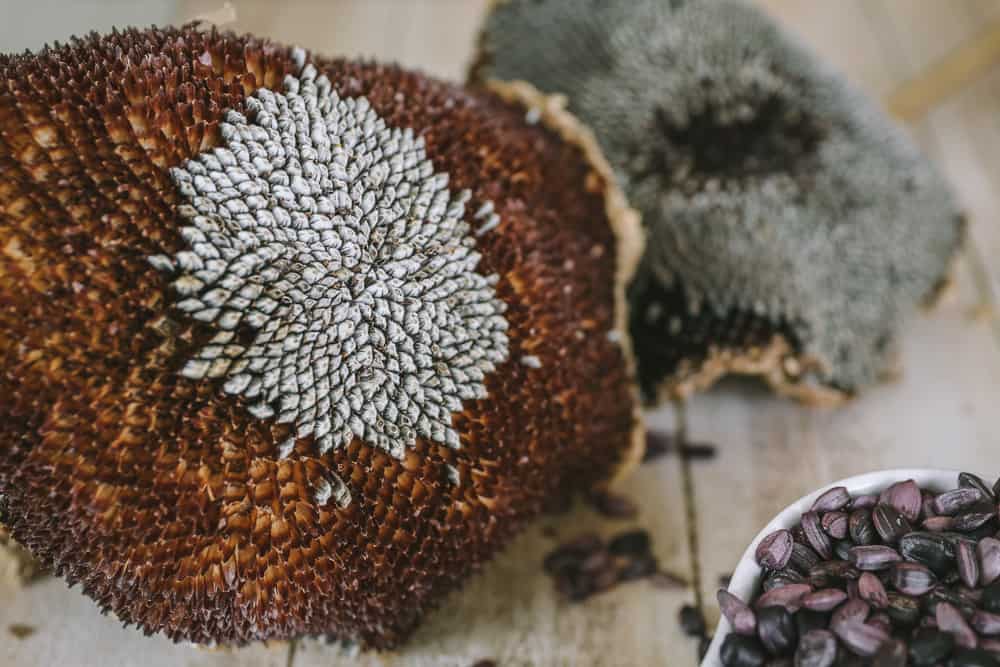
The seeds start developing first along the edges, with the seeds in the center of the sunflowers maturing last. In fact, often times the ones in the center may never reach maturity. That’s totally okay. You can just use all the seeds that do. And you’ll easily know the difference. If it’s not a mature seed, it won’t easily pop out.
You will also need to watch your sunflowers closely because birds and squirrels may want to enjoy the tasty snacks before you get a chance to. If you find critters are really determined to get your sunflower seeds, you could cover the flower heads with cheesecloth or burlap to protect the seeds from the birds while they dry naturally on the stalk.
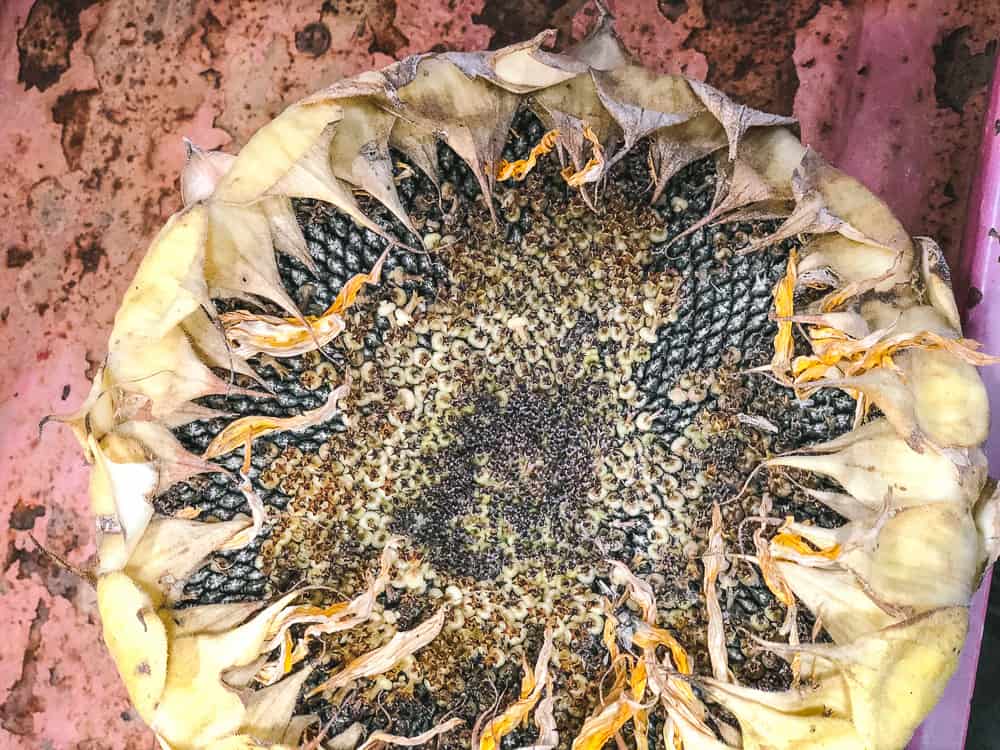
2. Harvest the flowers.
If you’ve been watching the transformation of your sunflowers, you’ll probably know when they’re ready, but if you aren’t sure, you can always give them a taste test. Gently pry a few seeds from the flower heads and give them a try to see if they are ready to harvest.
If you’ve never eaten sunflower seeds before, you may not know that the part we eat is the tiny kernel inside the outer shell. To expose the kernel, just pop a seed in your mouth and gently pry the shell open with your front teeth.
Here are a few tips to keep in mind when you’re harvesting sunflowers:
- Wait till the flowers are nice and dry. Never harvest them on a rainy day, or they will turn moldy instead of drying out.
- Cut the flower head off of the stalk and leave about a foot of stem on the flower head if you can, so that you have something to hold and an easy way to hang them to dry.
- Use some good-quality gardening shears. The stalks can be super thick and maybe a little prickly, so good shears are pretty much imperative.
- Place the flower heads gently in a large container or wheelbarrow that can catch any of the seeds that fall out of the heads. I have a wagon that I use for my garden produce, and that makes it super easy to wheel them right to the house. (You’d be surprised how heavy those suckers can be!)
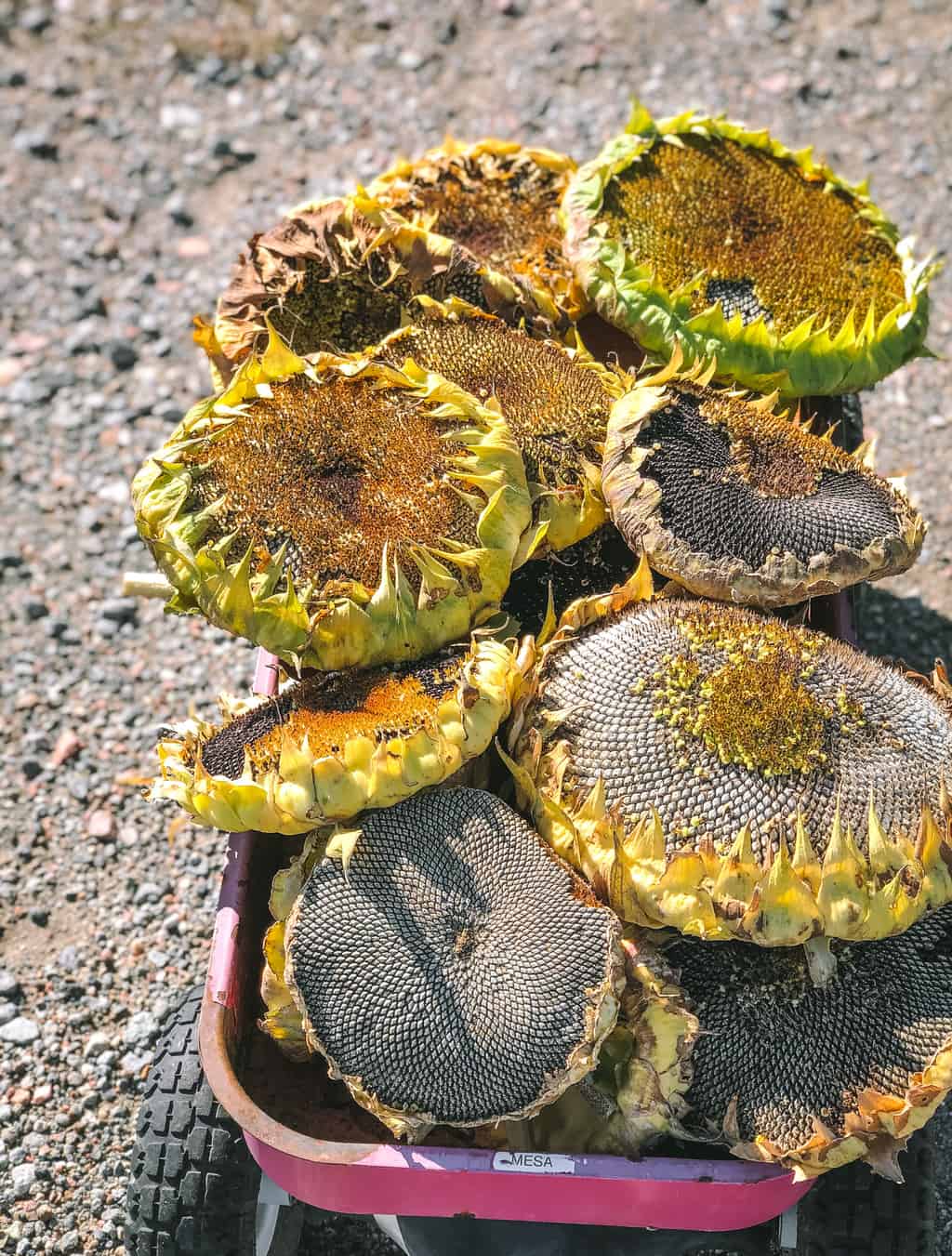
3. Dry the sunflower heads.
If your weather cooperated for you, you might be able to skip this step. Your sunflower heads might be perfectly dry and mature right there on the stalks. If not, you can hang your sunflower heads up to dry by wrapping some twine around the remaining flower stalks and hanging them in closets or on hooks in a place in your house with good air circulation and where they are out of direct sunlight.
You might want to hang them over a basket, bucket, or bowl in order to collect any seeds that fall out as they hang. Or, cover the heads with burlap or cheesecloth to catch any fallen seeds as they hang upside down.
After a week or two, your sunflower heads should be fully dry. You’ll often know they are dried and matured if the seeds come out rather easily when you run your hand along the head. But some varieties of sunflowers hold onto their seeds better and you may find you want to bend back or break the flower head in order to pop the seeds out easily.
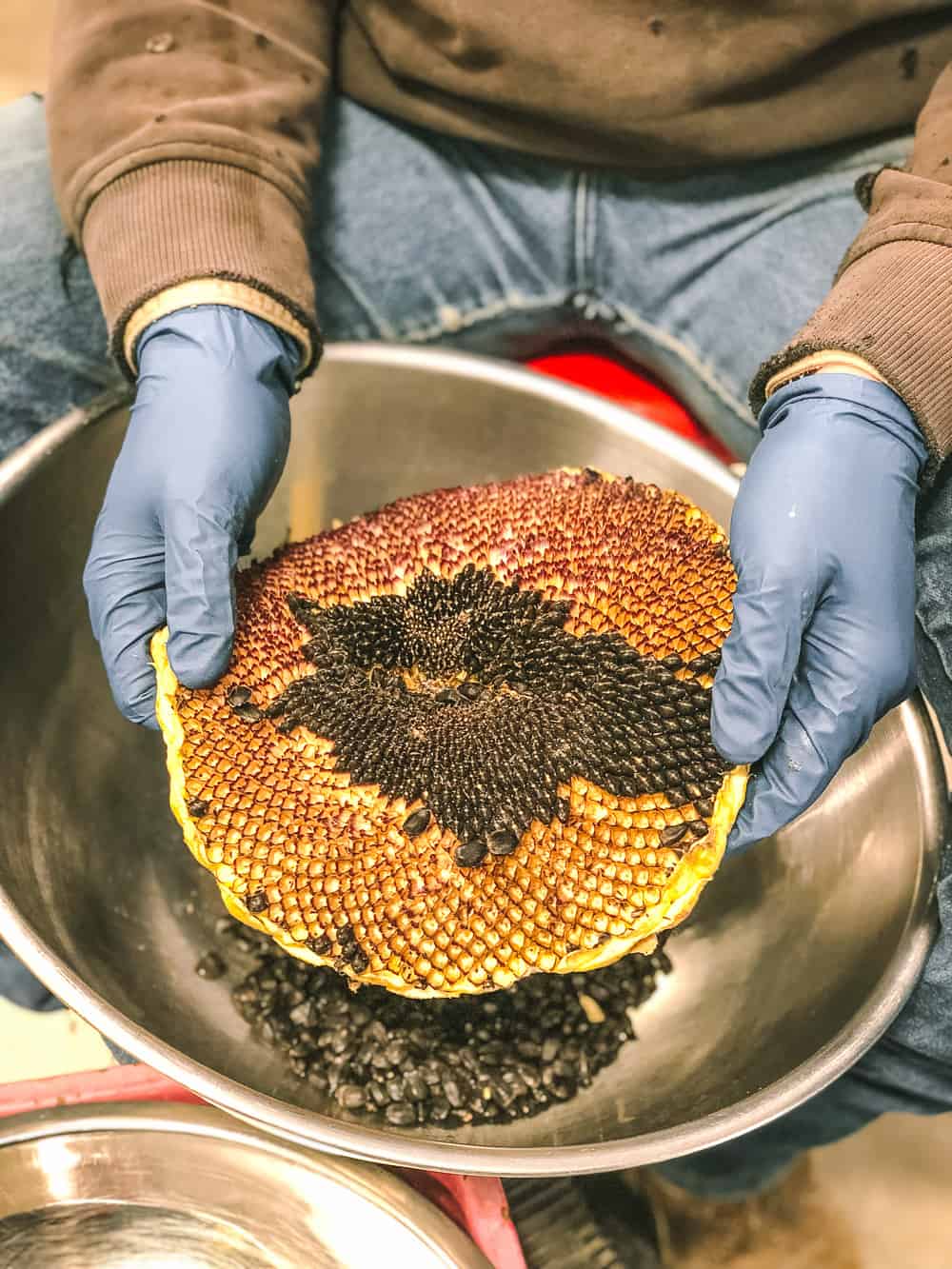
4. Remove the sunflower seeds.
There are many different ways you can remove sunflower seeds from the heads. Here are a few of the most popular ways to remove sunflower seeds:
- Rub two sunflower heads together over a bucket or a paper bag. The seeds of fully-dried and mature sunflowers may fall right off.
- Hang the sunflower heads up somewhere to dry more and wait to remove the seeds until you need them. You might want to put a burlap bag around them to catch any seeds that fall off as they dry.
- Rub the dried seed heads over a coarse wire screen that is on top of a bucket. The seeds will fall out into the bucket.
- Sit on your back porch and remove the seeds by hand in a bucket. Possibly on a rocking chair. This is about as old-fashioned and relaxing as you can get! On the other hand, it’s a nice mindless thing to do when the family is watching a TV show together or you’re talking on the phone. ( We wore rubber gloves as the flowers are sticky and the rubber also helps you grip the seeds and pull them out)
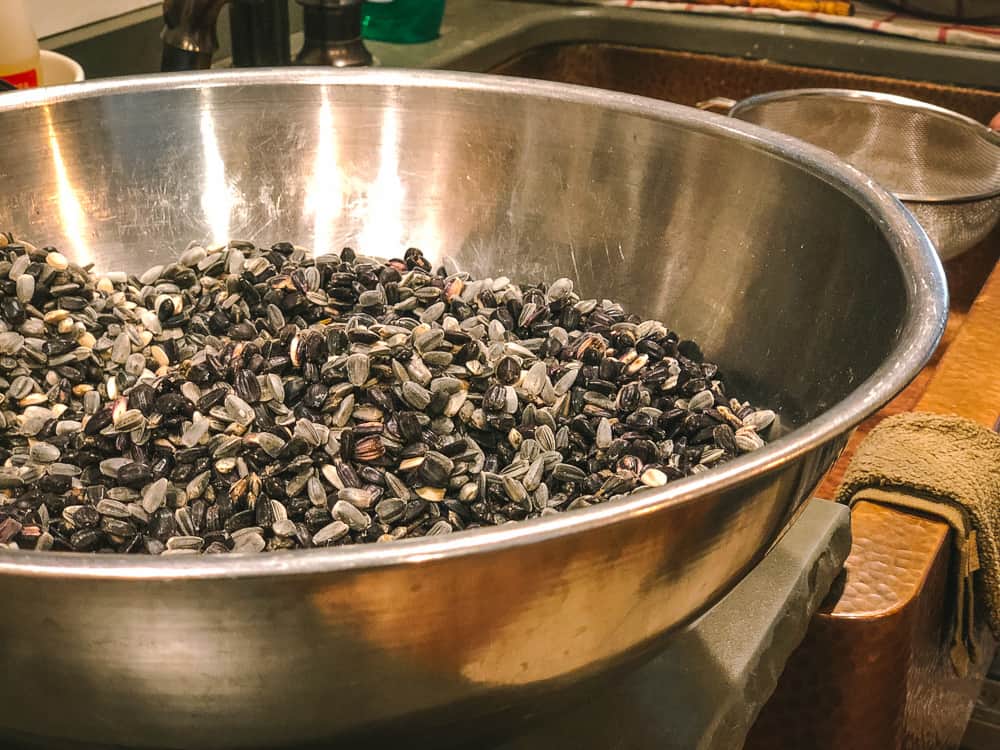
5. Thoroughly dry the sunflower seeds.
Whether you’re saving them for planting in next year’s garden or for eating, those sunflower seeds need to be completely dry before you store them. Of course, if you’re roasting them right after you pick them, no need to dry them first.
To dry your seeds, simply spread them out in a single layer on your kitchen counter or a baking sheet for a few days, removing any debris you may have collected with the seeds. Occasionally, you should mix them up a bit, to make sure they get dried on all sides (no need to be too meticulous about it). If you have an old screen around that you can spread them out on, for nice air circulation, even better.
You’ll know they are completely dry if you pick some up and shake them. If you hear the seed rattling around inside, you know they’re ready for storage. Sunflower seeds have a long shelf life if kept dry, in a cool, dark place at a constant temperature.
Except for mine. They won’t have a long shelf life because Christian is already mowing through them. Here’s how we roasted and salted ours:
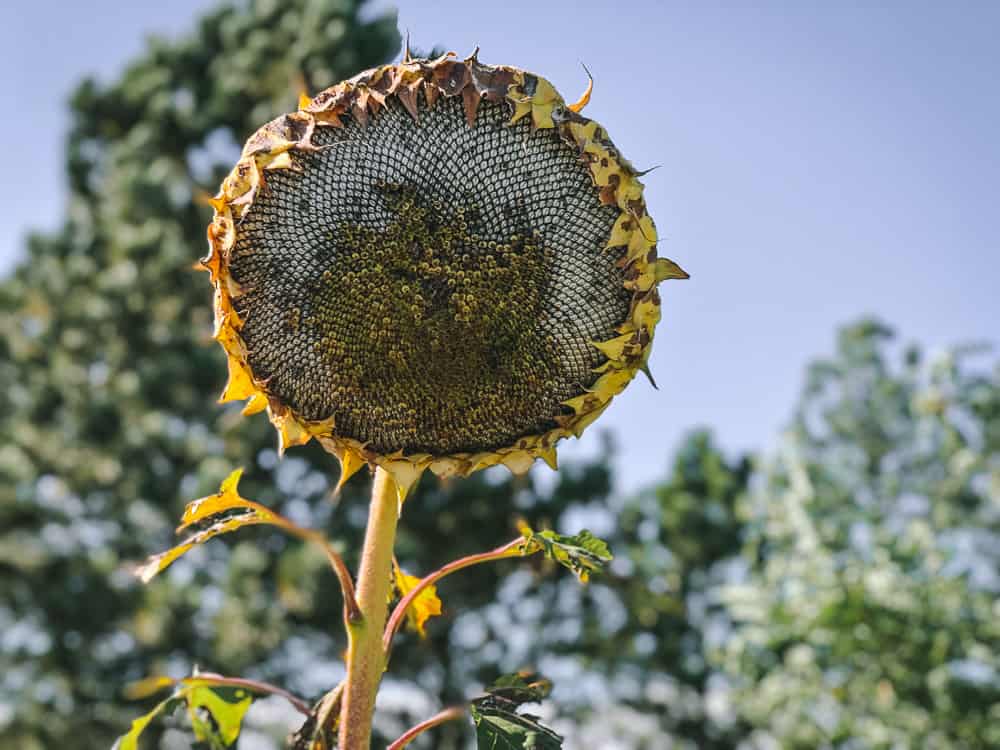
How to Roast Sunflower Seeds
You can go to the next page to read the rest of this article
